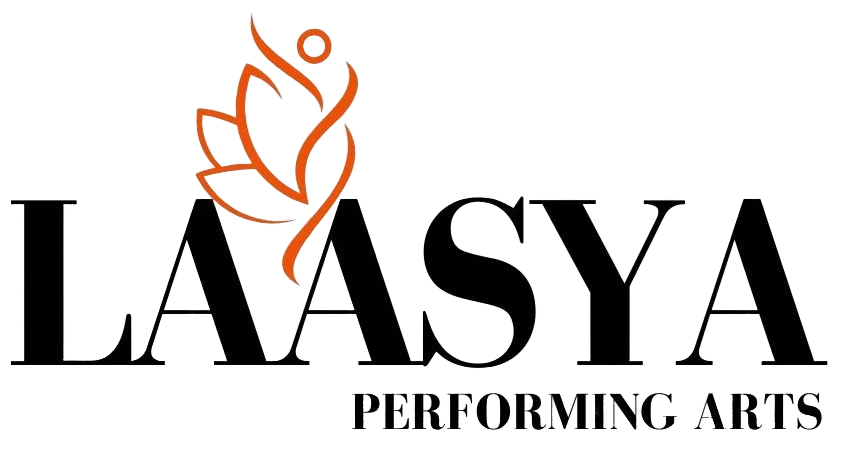Kathak
- Home
- Kathak
About Course
Native to North India, Kathak (pronounced “Kah-thak”) is one of eight Indian classical dance forms. The term Kathak is derived from the Vedic Sanskrit word Katha which means “story”, and Kathakaar which means “the one who tells a story”, or “to do with stories”. Kathak is found in three distinct forms, called “gharanas”, named after the cities, where the Kathak dance tradition evolved – Jaipur, Banaras and Lucknow. While the Jaipur gharana focuses more on the foot movements, the Banaras and Lucknow gharanas focus more on facial expressions and graceful hand movements. Stylistically, the Kathak dance form emphasizes rhythmic foot movements, adorned with small bells (Ghungroo) and the movement harmonized to the music.
The north Indian Kathak dance differs from the south Indian Bharatanatyam in several ways, even though both have roots in the Hindu text Natya Shastra. Kathak expressions – particularly in Hindu devotional styles – are more introverted and withdrawn, while Bharatanatyam is more extroverted and expansive. Kathak is normally performed in a standing form with legs and torso typically straight, while Bharatanatyam extensively utilizes bent knee form (aramandi, half sitting position that is somewhat like Demi Plié ballet move)
Interested In Our Classes?
FAQs
Frequently Asked Questions
Laasya Performing Arts was established in 2024 with the mission to bring authentic Indian performing arts education to the UAE community.
We welcome students from age 4 to senior citizens. Our classes are structured to accommodate different age groups and skill levels.
Absolutely not! We offer beginner-friendly classes and believe everyone can learn to dance with proper guidance and practice.
Comfortable, fitted clothing that allows free movement. Traditional Indian practice wear is recommended but not mandatory for beginners.
Yes! We organize annual recitals, cultural festival performances, and community events where students can showcase their progress.
Definitely! Understanding the cultural and historical context of each dance form is integral to our curriculum.
